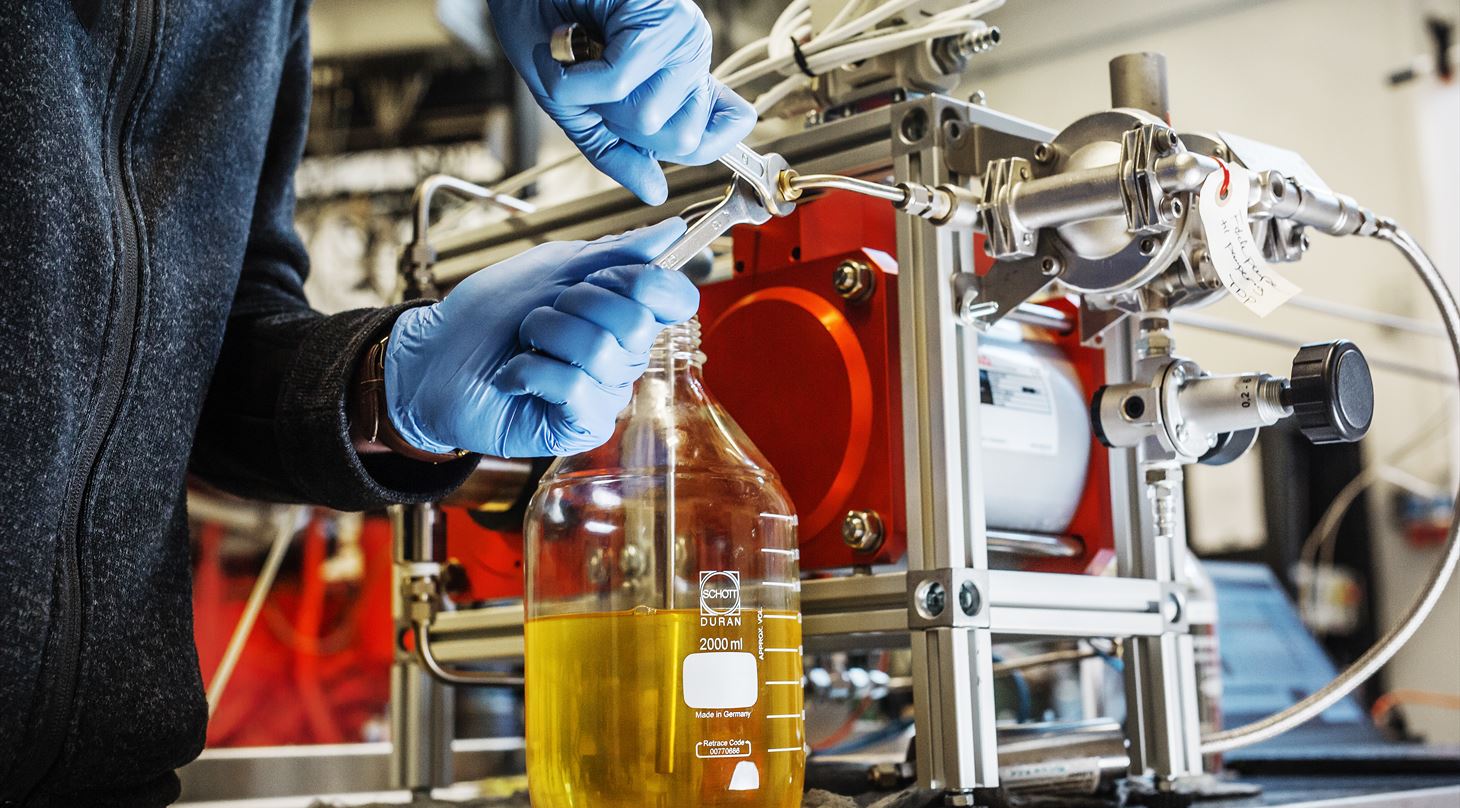
Ammonia as Engine Fuel – Development, Testing, and Optimization
One of the main challenges of using ammonia as a fuel in marine engines is that ammonia is more difficult to ignite and does not burn as stable as conventional fuels such as oil and gas. To address this, AFLOAT is working both to adapt and optimize engine design and to find the optimal ratio between ammonia and hydrogen in the fuel mixture.
By adding a small amount of hydrogen to ammonia, we can achieve a more stable and efficient combustion, thereby ensuring improved engine performance and reduced emissions. At the same time, we are working to minimize the emission of nitrous oxide (N₂O), a potent greenhouse gas that can be formed during ammonia combustion -especially if the fuel mixture or combustion process is not optimal. The challenge is to control both the engine and the fuel blend so that emissions are kept low, without compromising operational reliability or performance.
Through systematic testing and analysis, we examine how different combinations of ammonia, hydrogen, and possibly small amounts of diesel as an ignition aid affect overall engine performance and environmental impact. This approach ensures that the technology can be used both for retrofitting existing engines and for new, green marine engines.
Preliminary Results
Promising results for stable and clean ammonia combustion
Our engine tests have shown that ammonia - when blended with a small amount of hydrogen and only a minor quantity of pilot fuel - can be used effectively in high-speed engines. We can achieve stable combustion across a broad load range and with high efficiency. The tests document that low emissions of both NOx, ammonia, and nitrous oxide (N₂O) are best achieved when combustion occurs close to the stoichiometric range. This provides a strong foundation for effective aftertreatment and demonstrates that the technology can be a viable green alternative to diesel operation.